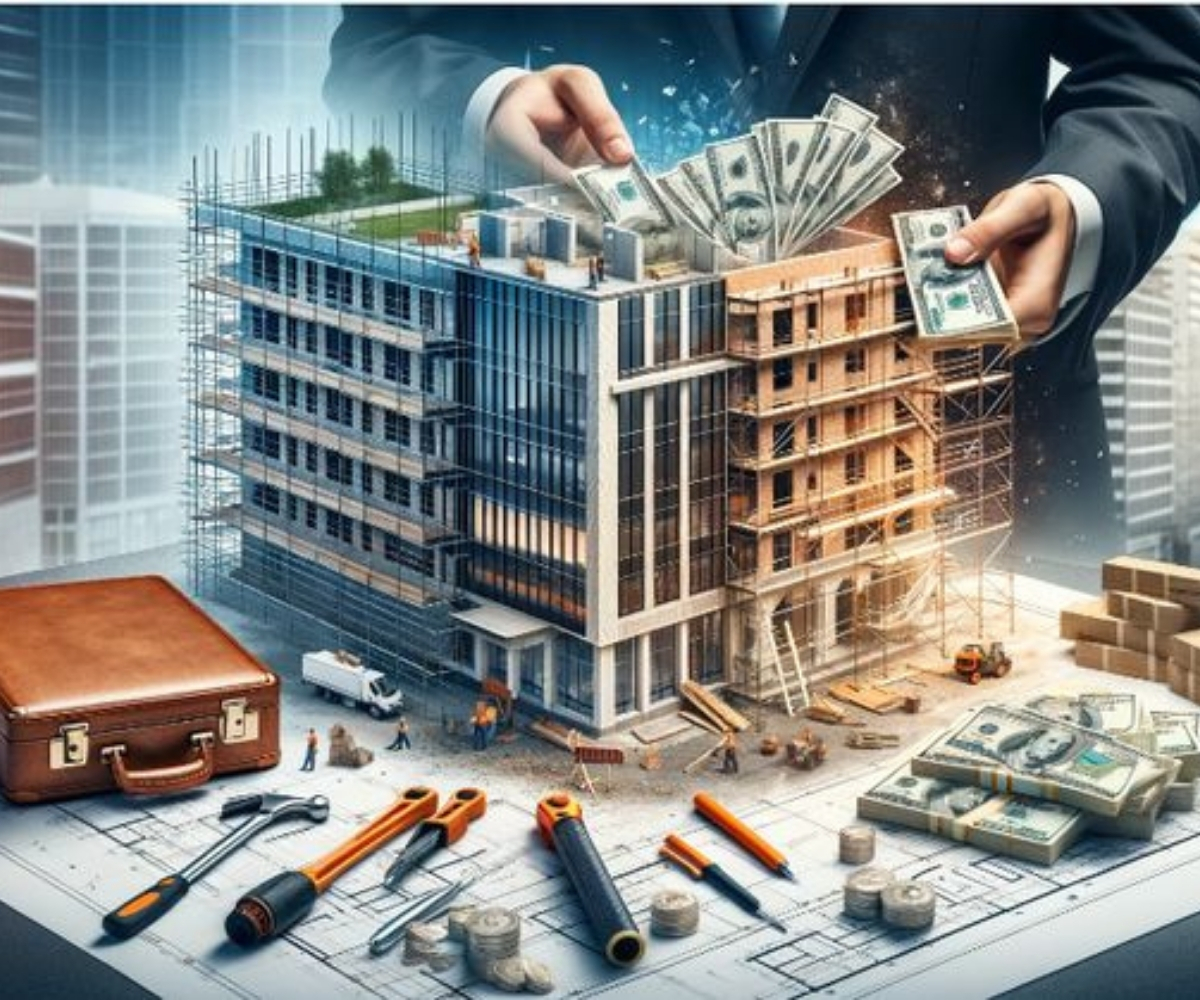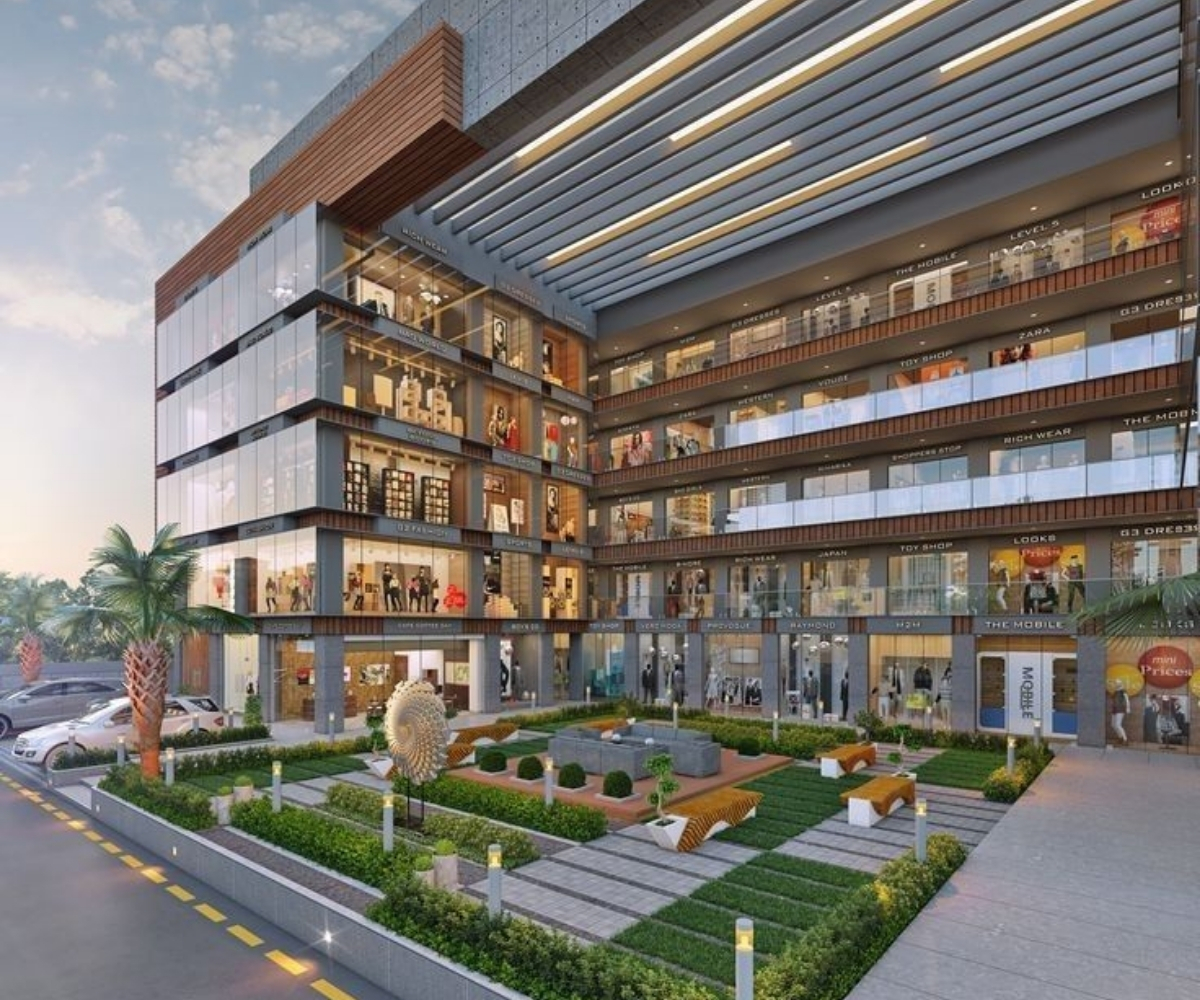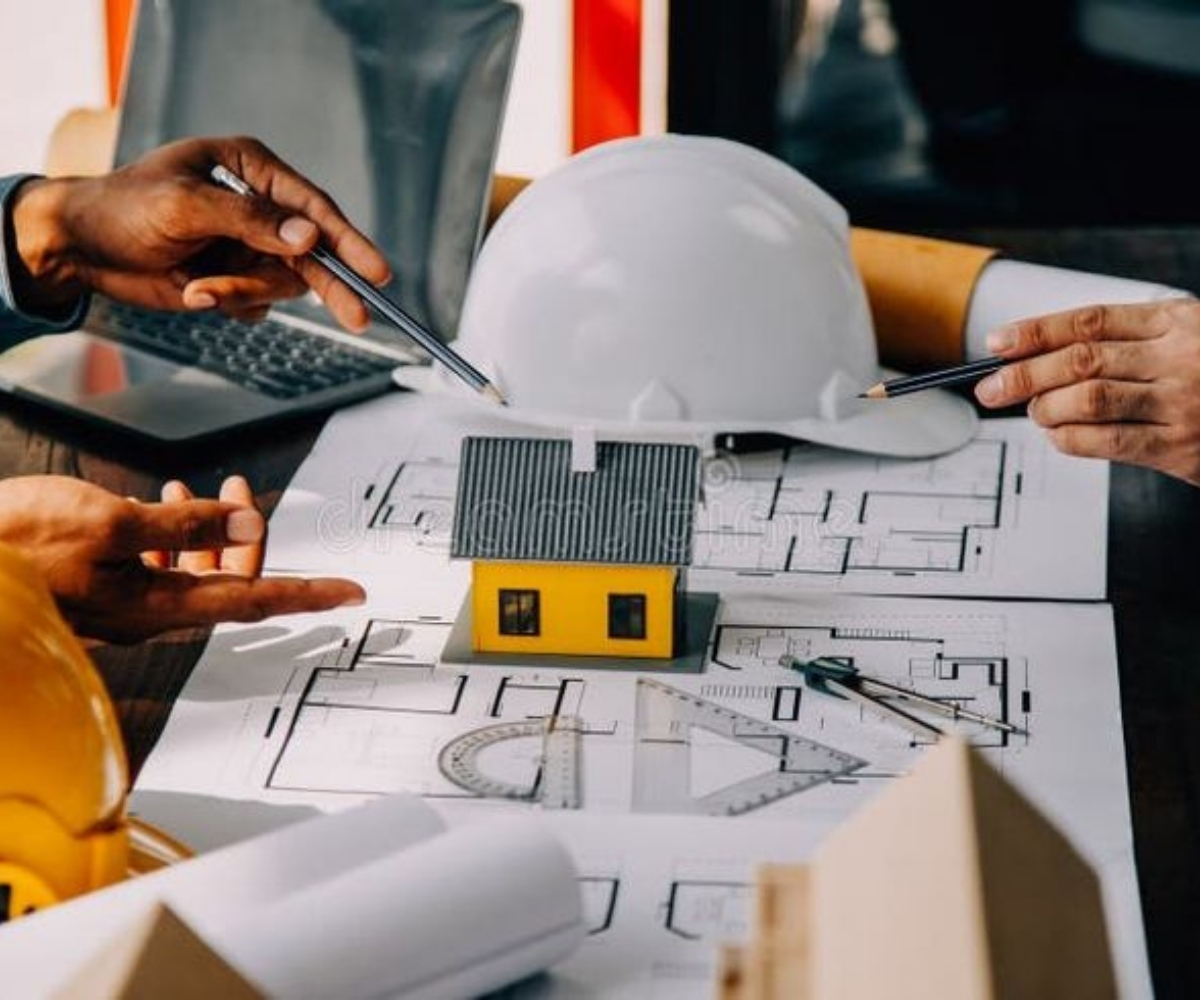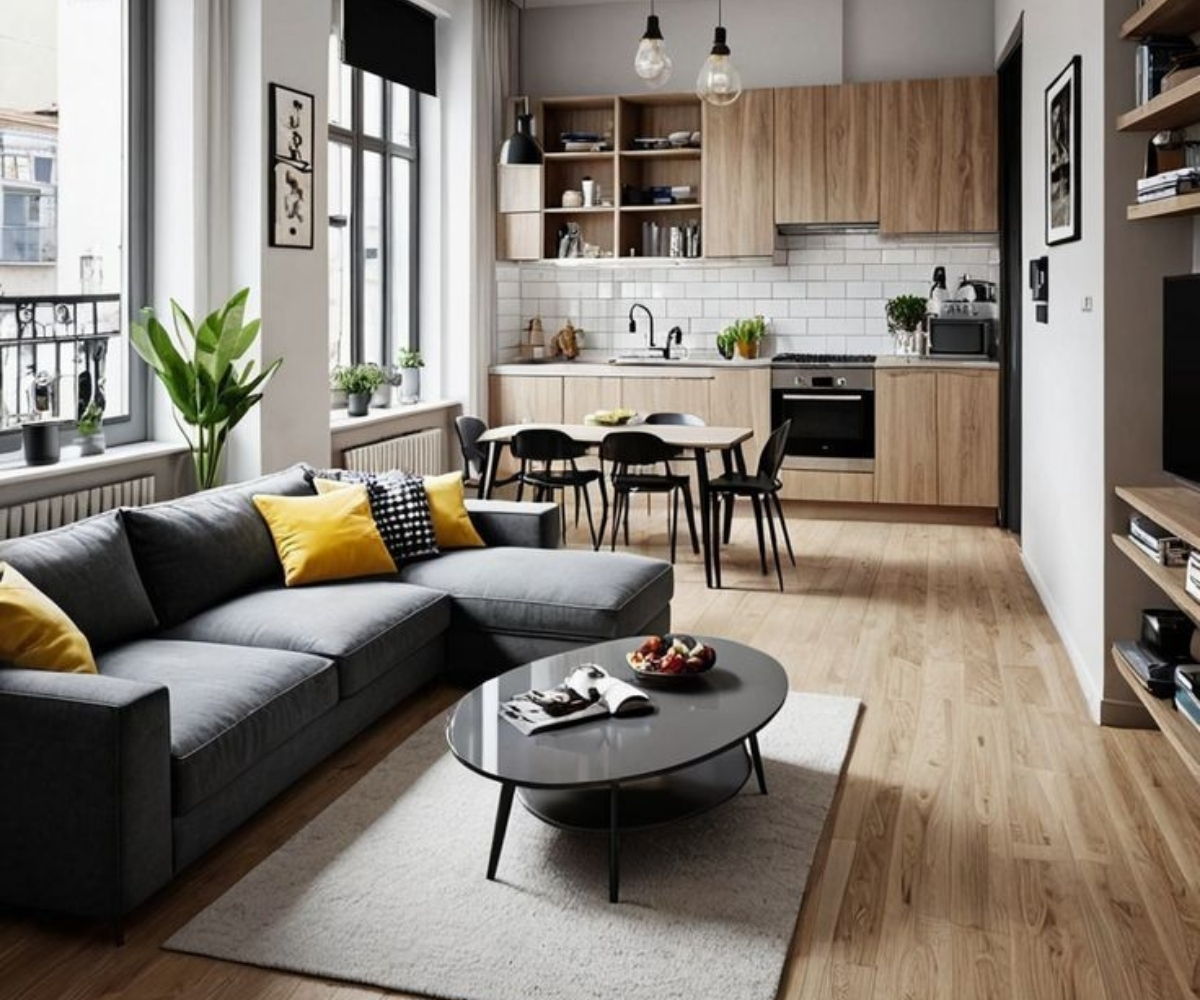Sustainable and Eco-Friendly Home Construction Trends for 2025
As environmental consciousness grows, the home construction industry is rapidly shifting toward sustainable and eco-friendly practices. In 2025, builders and homeowners alike are prioritizing greener choices that lower carbon emissions, boost energy efficiency, and promote healthier living environments.
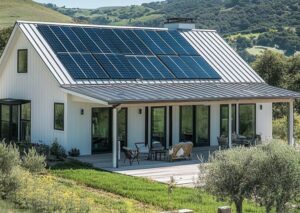
The Importance of Sustainable Home Building
Eco-conscious construction not only reduces environmental impact but also delivers practical benefits such as improved energy efficiency, reduced utility bills, and enhanced indoor air quality. By focusing on renewable materials, waste reduction, and smart technologies, sustainable homes are built for long-term value and well-being.
Leading Green Construction Trends in 2025
1. Smart and Energy-Efficient Homes
Modern homes are equipped with intelligent systems like smart thermostats, LED lighting, and automated controls. These features help monitor and reduce energy usage, cutting down on costs and emissions.
2. Solar Energy Adoption
With the increasing affordability of solar technology, more homes are using rooftop solar panels, solar water heaters, and battery backup systems. This move reduces dependence on the grid and supports clean, renewable power generation.
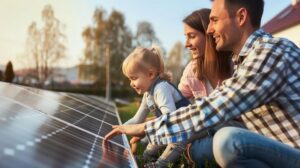
3. Eco-Friendly Building Materials
Builders are opting for sustainable materials such as reclaimed wood, bamboo, fly ash bricks, and non-toxic, low-VOC paints. These materials offer durability while reducing the environmental impact of construction.
4. Water Management and Conservation
Sustainable homes feature rainwater harvesting, greywater recycling, and water-efficient taps and fixtures. These systems help conserve water and reduce dependence on municipal water supplies.
5. Passive Design Strategies
Passive home designs make use of natural lighting, ventilation, and insulation. Techniques like proper window placement, thermal mass walls, and shading elements reduce the need for artificial heating and cooling.
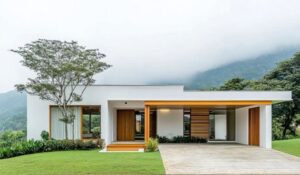
6. Rooftop Gardens and Vertical Greenery
Green roofs and vertical gardens are increasingly used in urban areas to regulate indoor temperatures, improve air quality, and add aesthetic value. These solutions also support biodiversity and reduce urban heat island effects.
7. Towards Net-Zero and Carbon-Neutral Living
Net-zero homes are designed to produce as much energy as they consume, often through a combination of solar power, energy-efficient appliances, and sustainable construction techniques. These homes represent the future of self-sustaining, eco-conscious living.
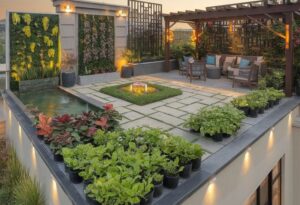
Conclusion
As climate concerns continue to shape construction trends, adopting sustainable practices in home building is no longer a luxury—it’s a necessity. From smart technologies to green materials, the homes of 2025 are designed with both the planet and its people in mind. Embracing these eco-friendly trends is a step toward a more resilient, energy-efficient, and responsible way of living.

